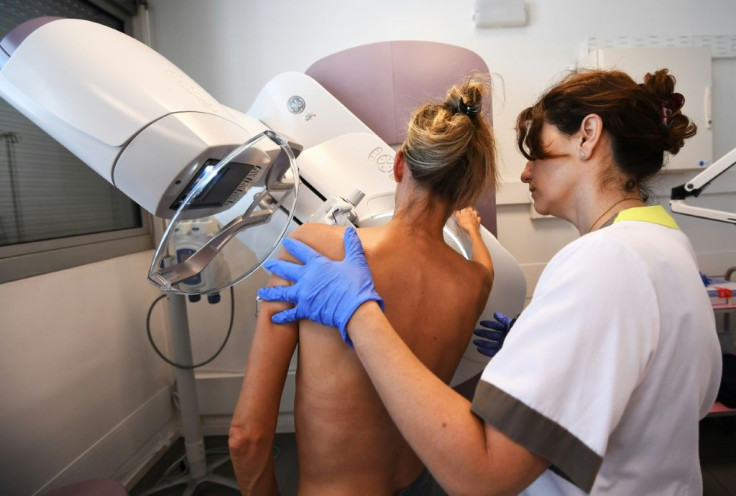Do We No Longer Need Breast Cancer Screenings?
KEY POINTS
- Over the last 25 years, the mortality rate for breast cancer has been virtually halved
- This is due to advancements in cancer patient-management
- It has led to a tilt in the harm-benefit balance of screenings
Breast cancer is among the most common cancers in the world. However, advancements in disease management have reduced mortality rates considerably. With increased medical care, screening of breast cancer may have lost its sheen. A new study finds that the benefits of these screenings no longer balance with the costs of overdiagnosis and overtreatment.
“The beneficial effect of screening is currently declining because the treatment of cancer is improving. Over the last 25 years, the mortality rate for breast cancer has been virtually halved,” said Henrik Støvring, author of the study published in the European journal of public health.
The study examined 10,580 breast cancer fatalities among Norwegian women aged between 50 and 75.
Breast Cancer Is Being Overdiagnosed and Overtreated – Why? https://t.co/7hKps7Oo6F
— SciTechDaily (@SciTechDaily1) August 1, 2022
The results pointed out that it took 731 women to prevent one breast cancer death in Norway in 1996, whereas it would have taken around 1364 to a maximum of 3500 women to fetch the same result in 2016.
Støvring noted that the results do not bode well for the screening programs. The preliminary screening requires mammography. It is an X-ray examination of the breast, which can detect cellular changes in the breast tissue that could be cancerous.
“One in five women aged 50-70, who is told they have breast cancer, has received a ‘superfluous’ diagnosis because of screening – without screening, they would never have noticed or felt that they had breast cancer during their lifetime,” explained Støvring.
According to the study, the problem lies with our inability to differentiate between the small cancer tumors that could prove fatal and those that will not cause an issue.
Some of these small nodes are so benign that the woman would have died a natural death with undetected breast cancer, had she not been screened. Once a cancer node has been discovered, no matter its chances of actually proving fatal, it must now be treated. This would not be compulsory for all women- we just do not know who.
“The women who are invited to screening live longer because all breast cancer patients live longer, and because we have got better drugs, more effective chemotherapy, and because we now have cancer care pathways, which mean the healthcare system reacts faster than it did a decade ago,” concluded Støvring.

© Copyright IBTimes 2025. All rights reserved.





















